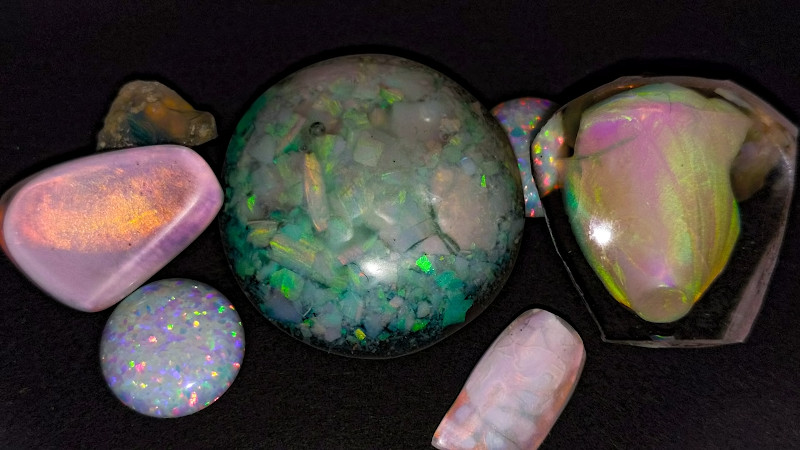Opals are unique amongst gemstones, being formed from tiny silica nanospheres arranged in precise structures that give them their characteristic shifting color when seen from different angles. [The Thought Emporium] loves a challenge, so set about growing some himself.
It’s not the hardest gemstone synthesis ever, but it’s no cakewalk either. The process requires tetraethyl orthosilicate, or TEOS, which can be difficult to find, but the rest of the chemicals required are commonly available. The initial phase involves mixing the TEOS with reactants to form nanoscale silica spheres in the range of 200-350 nanometers wide. With the spheres in solution, the mixture must then be carefully dried in such a way as to create the right structure to produce opal’s famous color effects. At this stage, industrial producers add further silica to stabilize the matrix, though [The Thought Emporium] wasn’t able to find literature that explained how to do this. Instead, he relied on resin, which while imperfect, did allow the specimens to be stabilised and shown off for the purposes of the video.
The video notes that many of the steps in this process were perfected decades ago, but remain held as trade secrets, making replication an exercise in experimentation. Nonetheless, success was had in producing recognisably opalescent specimens, and we can’t wait to see further refinement of the DIY process.
We’ve seen similar work from [The Thought Emporium] before, exploring structural color and holograms. Video after the break.
















Very cool video. I am going to have to try this…..I was getting bored turning lead into gold….
How?
Might water-glass work to bind the particles?
When getting the resin into the opal, I wonder if a submerging it and then putting it under a strong vacuum might be a good way to go.
That was sooo super cool.
Im from gippsland Victoria im Australian and have been doing a little seaching down along the coast line,dose anyone know what gems can be found here ??
It’s easier to start directly with monodisperse silica particles dispersed in water:
https://www.silicaspheres.com/synthetic-opal-shop.html#!/Monodisperse-Silica-Particles-Dispersion-30-wt-50-ml/p/534348848/category=0
How would that work? If they are dispersed in water don’t they settle during transportation?